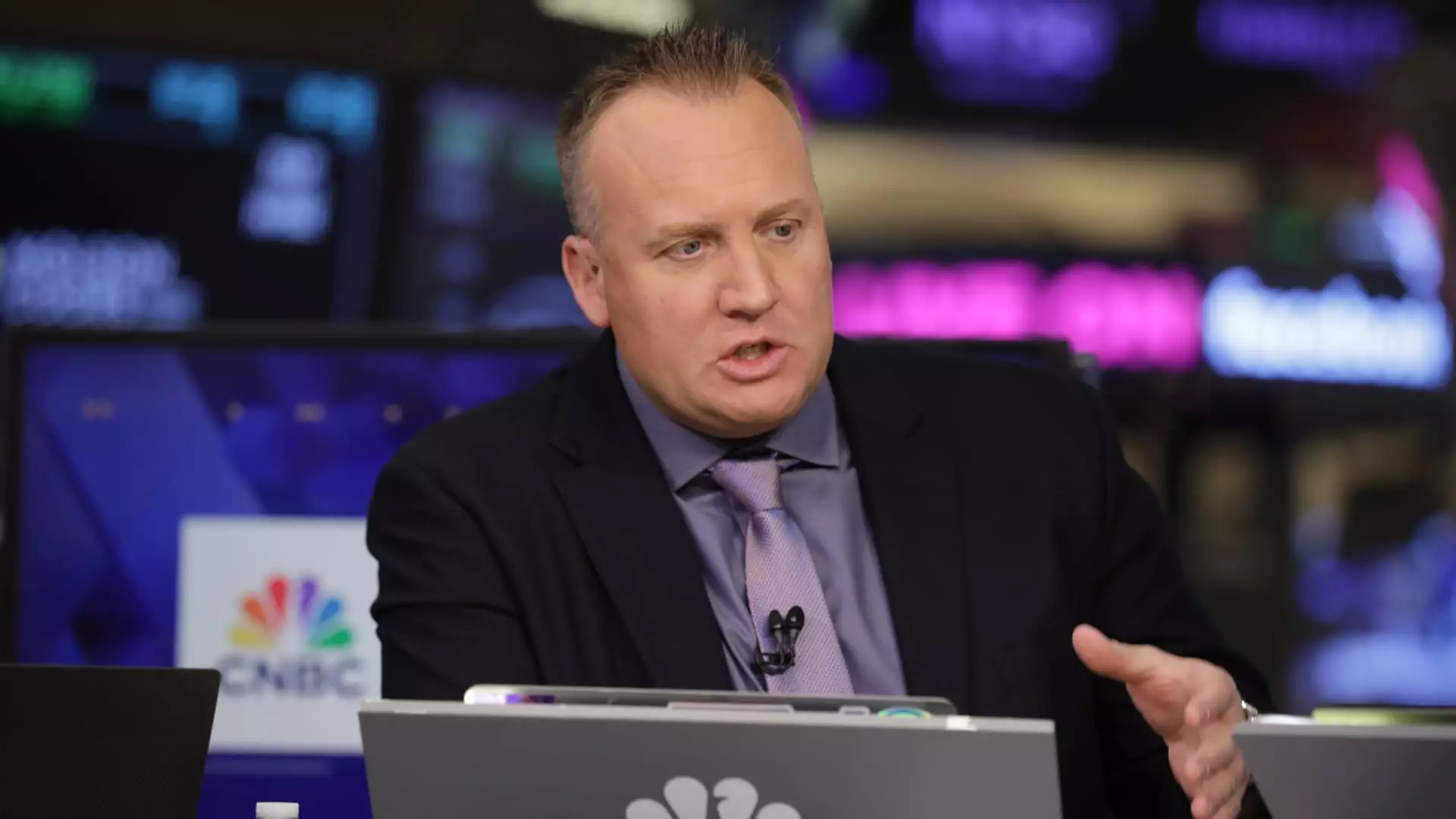In the relentless pursuit of market gains, Wall Street has developed an almost addictive obsession with the idea of Federal Reserve interest rate cuts in 2025. Many investors and financial analysts cling to the hope that lower rates will rejuvenate the economy and propel stocks skyward. However, this hope is fundamentally misguided and potentially dangerous. The idea that rate cuts are a silver bullet for market growth is a misconception that blinds investors to the real drivers of value and risk.
The truth, as articulated by seasoned voices like Josh Brown, is that a rate cut in itself does little to change the underlying health of the economy. Brown emphasizes that a lower interest rate environment should not be mistaken as a signal of undervalued stocks or a near-perpetual bull market. The fixation on monetary policy as the primary catalyst neglects the importance of tangible economic fundamentals such as productivity, technological innovation, and corporate capital investments. In essence, expecting a cut to dramatically change market sentiment is a flawed narrative that relies heavily on wishful thinking rather than economic reality.
The Pitfall of Overreliance on Monetary Easing
The obsession with potential Federal Reserve easing overlooks a critical flaw: monetary policy is a blunt instrument. While it can influence borrowing costs and liquidity, it cannot fundamentally alter a company’s growth trajectory or resolve deep-seated structural issues in the economy. In fact, indiscriminate reliance on rate cuts as a means to buoy the stock market is akin to using a band-aid while ignoring the bleeding wound underneath.
Furthermore, the narrative that interest rates are excessively high and must be cut to support an aging rally is not only simplistic but also potentially perilous. Brown’s observation that “rates are probably too high” seems tempting but ignores the fact that the Fed carefully calibrates policy based on a complex assessment of inflation, employment, and financial stability. Acting on perception rather than data risks overheating the economy or causing unforeseen market distortions.
The market’s recent rally—especially among high-flying tech giants—has persistently ignored these microeconomic realities. It’s not a coincidence that much of the recent optimism is driven by hype around artificial intelligence and cloud computing, rather than sustainable economic fundamentals. Reliance on interest rate adjustments as a catalyst for earning growth or market momentum is a fragile strategy that might produce short-term gains but ultimately will falter when underlying fundamentals demand attention.
The Real Engines of Growth and Stability
Instead of vigilantly watching for Federal Reserve easing, investors should focus on what truly drives value: capital expenditure, innovation, and strategic corporate investments. Brown rightly points out that the recent outperformance of companies like Nvidia—and its $4 trillion market cap milestone—is rooted in the technological breakthroughs fueling AI expansion. These companies are investing heavily in the future, and their growth is rooted in tangible innovations, not just monetary policy shifts.
Amazon’s recent surge exemplifies this: a focus on long-term value creation through platforms like AWS, which is positioned as a pillar of AI development, indicates that the competitive edge is largely driven by technological leadership rather than macroeconomic conditions. When viewed over a multi-year horizon, such companies may seem undervalued because their growth engines are rooted in real-world innovation, not central bank policies.
Investors who understand this distinction gain a significant advantage. They realize that stock valuations are increasingly driven by companies’ ability to innovate and invest in their core businesses. External factors like interest rates may influence financing costs but do not define the fundamental earning potential of these firms. It is this understanding that separates prudent investors from speculators chasing fleeting market trends.
The False Comfort of Monetary Easing and the Need for Structural Vigilance
Wall Street’s fixation on possible rate cuts may give a false sense of security; however, this optimism can obscure the risks of complacency. Excess liquidity and low borrowing costs can fuel bubbles, but they do not guarantee sustainable growth. When the market’s focus shifts away from the fundamentals—like productivity, technological innovation, and capital allocation—the risk of an eventual correction grows exponentially.
Moreover, this fixation can lead to misallocated capital, where investors chase “easy” gains based on monetary policy signals rather than underlying economic strength. That could spell trouble when those signals fade or turn in the opposite direction. A healthy economy and stock market are built on real improvements, not on expectations of central bank generosity.
Investors aligned with a center-right liberal perspective recognize the importance of fiscal discipline, structural reforms, and encouraging investments in innovation as sustainable drivers of growth—elements that monetary policy can only support, not replace. Relying heavily on rate cuts misses the point that a resilient economy needs real productivity boosts and not just cheaper money.
Chasing the promise of future rate cuts is a dangerous game rooted in wishful thinking rather than economic wisdom. Instead of being mesmerized by central bank moves, investors should focus on the companies deploying capital effectively, innovating, and enhancing productivity, which are the real foundations of lasting wealth. Anything less is a house of cards waiting to collapse when reality inevitably asserts itself.

